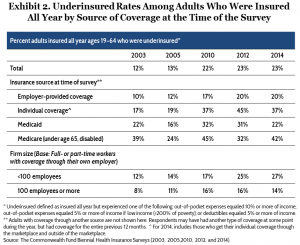Hip Replacements in L.A.: $12,457 to $17,609
A short drive in the Los Angeles area can yield big differences in price for knee or hip replacement surgery.
New Medicare data show that Inglewood’s Centinela Hospital Medical Center billed the federal program $237,063, on average, for joint replacement surgery in 2013.
That was the highest charge nationwide. And it’s six times what Kaiser Permanente billed Medicare eight miles away at its West L.A. hospital. Kaiser billed $39,059, on average, and Medicare paid $12,457.
The federal program also paid a fraction of Centinela’s bill — an average of $17,609 for these procedures. (Chad Terhune & Sandra Poindexter, “Price of a common surgery varies from $39,000 to $237,000 in L.A.,” Los Angeles Times, June 2, 2015)
Okay, hospital bills are silly. We already know that. Let me point out two things.




